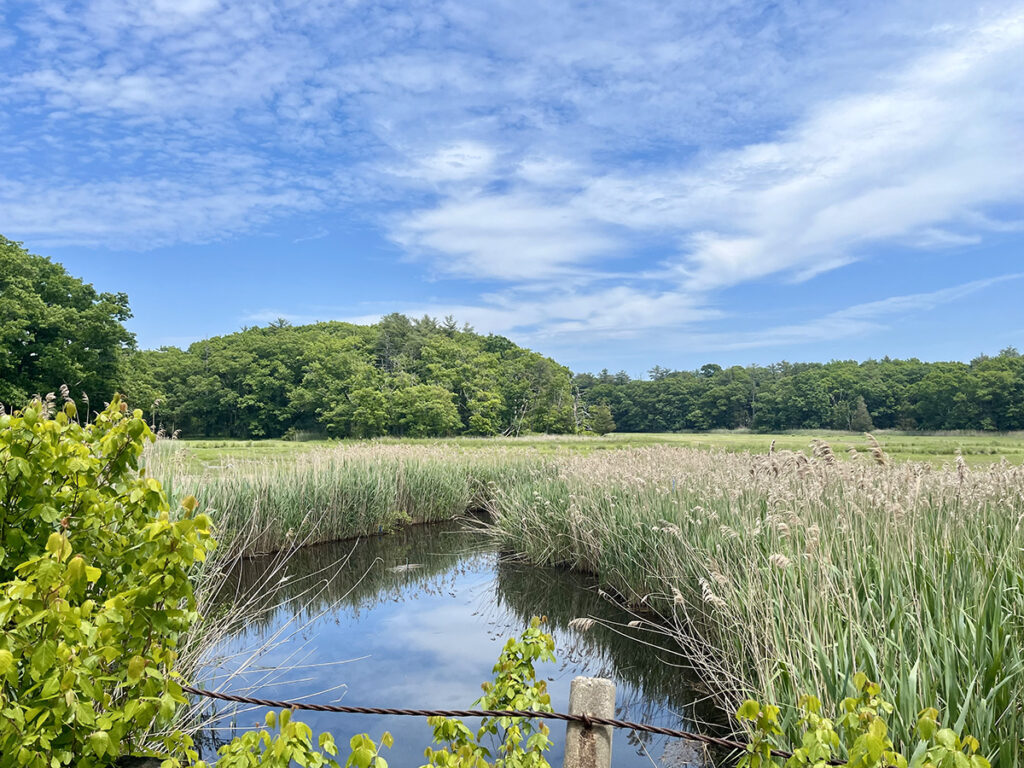This past year, IRWA took major steps towards addressing a large issue facing much of the North Shore: what to do about roads in the Great Marsh. People have been talking about this for years, with ideas ranging from doing nothing to getting rid of the roads or raising them above the marsh.
This issue has gained traction as the Great Marsh in Massachusetts has experienced more frequent flooding in the past 50 years because of rising tides. In most cases, the flooding has been made worse by outdated and inadequate infrastructure. Roads disrupt continuity of the marsh and restrict natural tidal processes, preventing the marsh from properly functioning.
IRWA has made great strides to address one of these coastal roads in the Great Marsh: Old Essex Road at the border of Ipswich and Essex. With the help of a Municipal Vulnerability Preparedness Program Grant, we created early designs for road abandonment, a Hydrologic and Hydraulic Study, a restoration plan for after the road is removed, and looked at other ways to solve upstream problems.
The upper Castle Neck River is one of the most blocked and damaged saltmarsh areas in the entire Great Marsh. By restoring the natural flow of water in this river system – through road abandonment and stream restoration – we can help the marsh heal itself.
So, why are we abandoning the road here? Road abandonment is what we call “managed retreat”. Managed retreat involves the purposeful movement of people and infrastructure away from risks. This strategy lets us move development out of harm’s way and restore natural coastal habitats to act as a buffer against flooding. Instead of trying to hold the line with engineering, managed retreat allows the shoreline to move inland. Road abandonment and managed retreat are not about giving up; they are tools to help with climate change adaptation and marsh restoration.
Marsh restoration promotes marsh migration, which is crucial for the long-term health of the Great Marsh and its ability to cope with climate change. Marsh migration is the conversion of inland habitats into marshlands. This natural process helps salt marshes to survive in the face of sea level rise.

